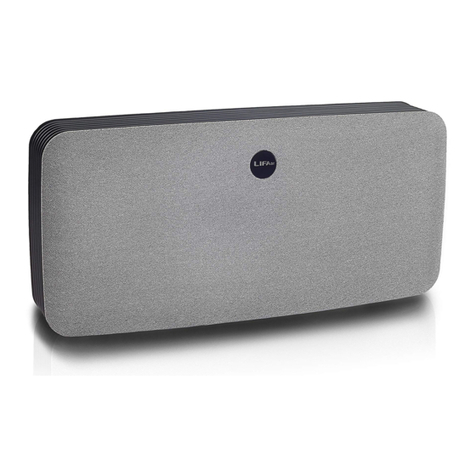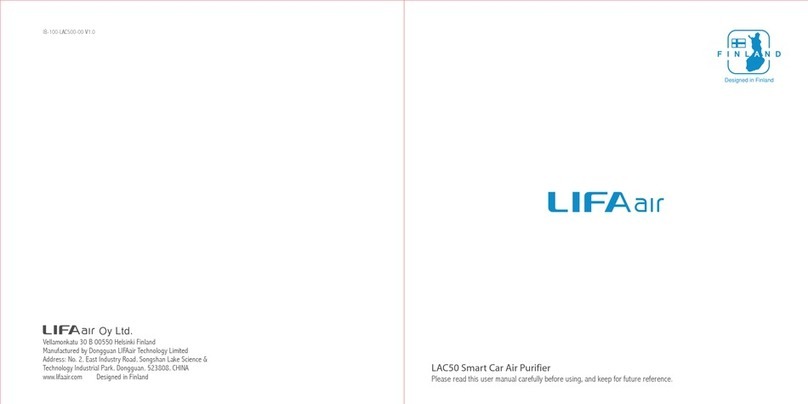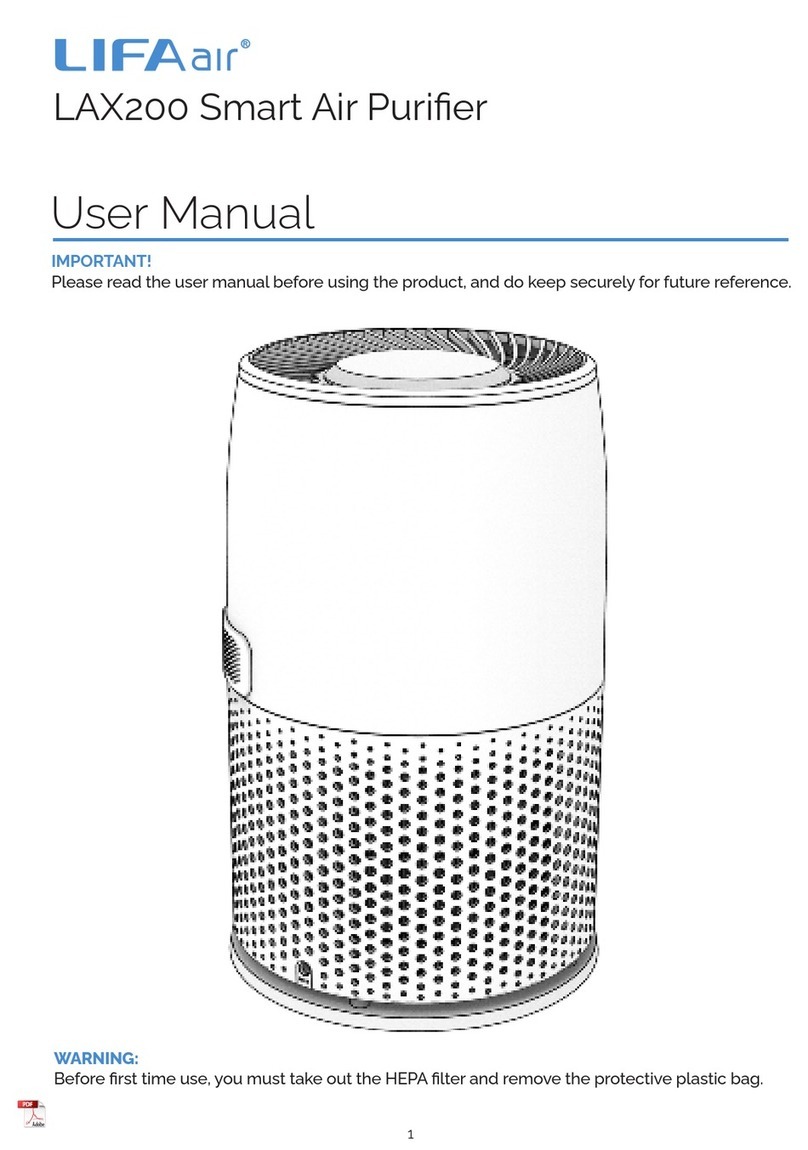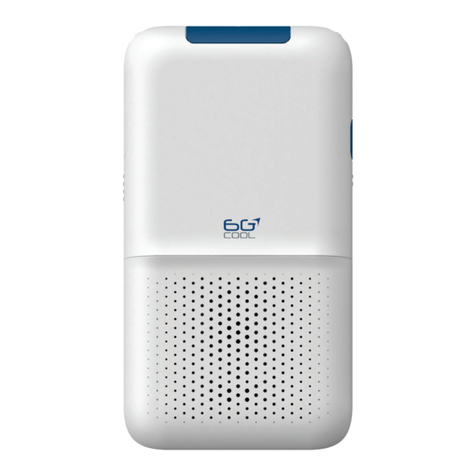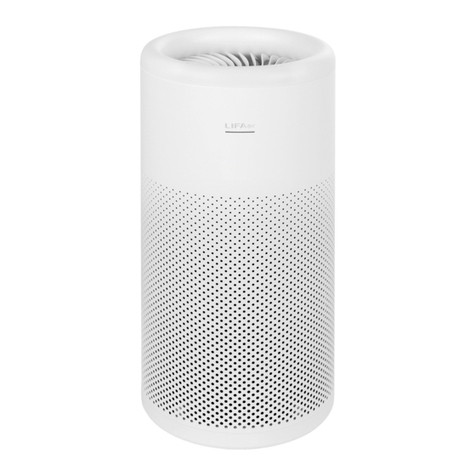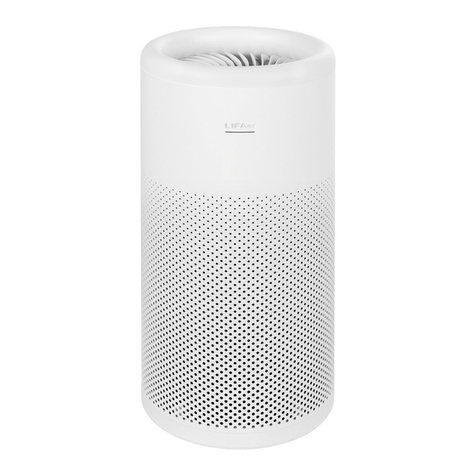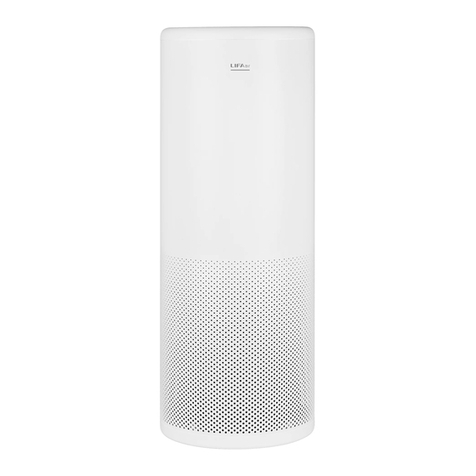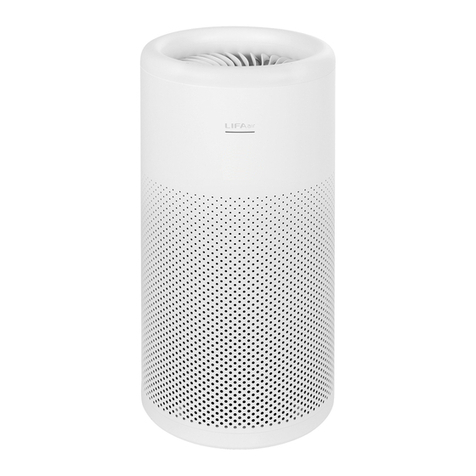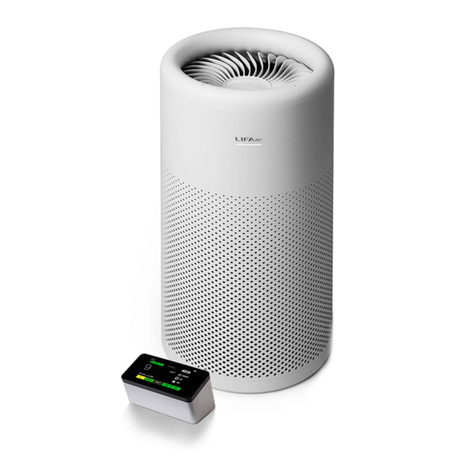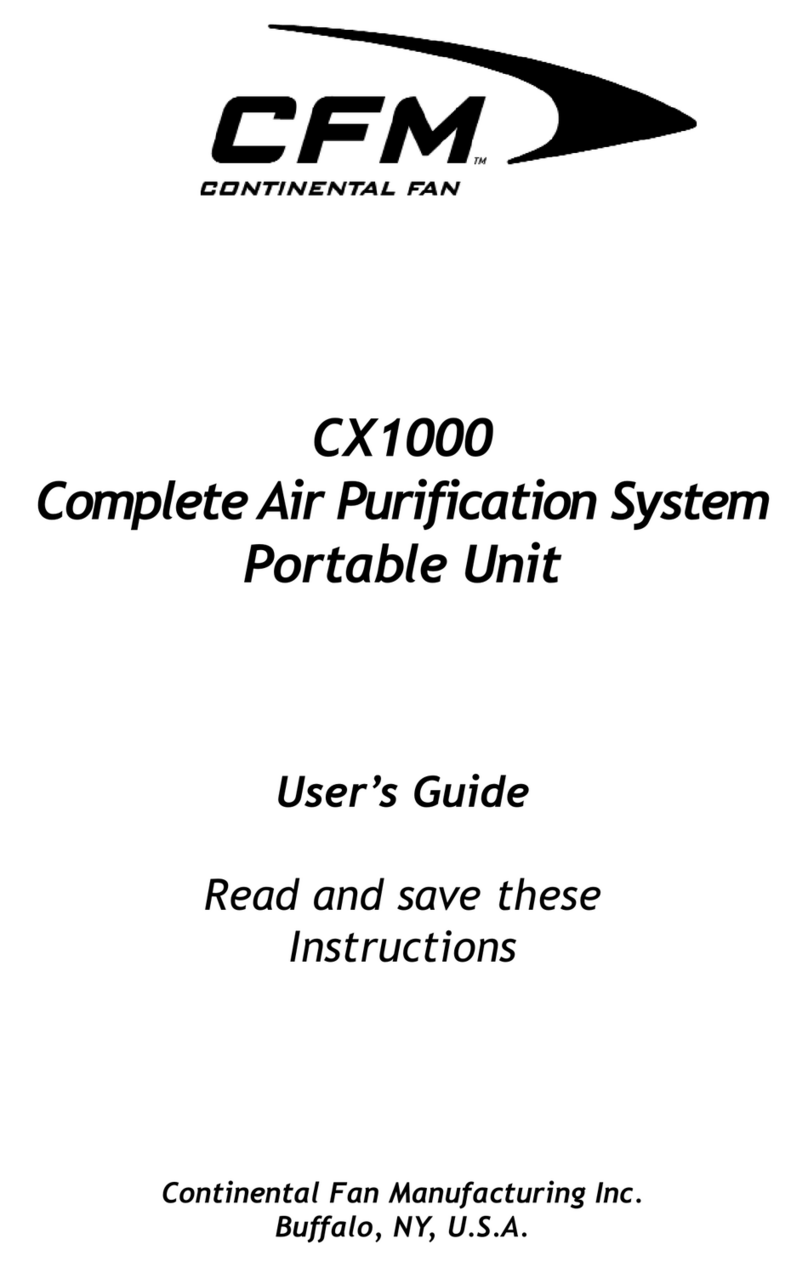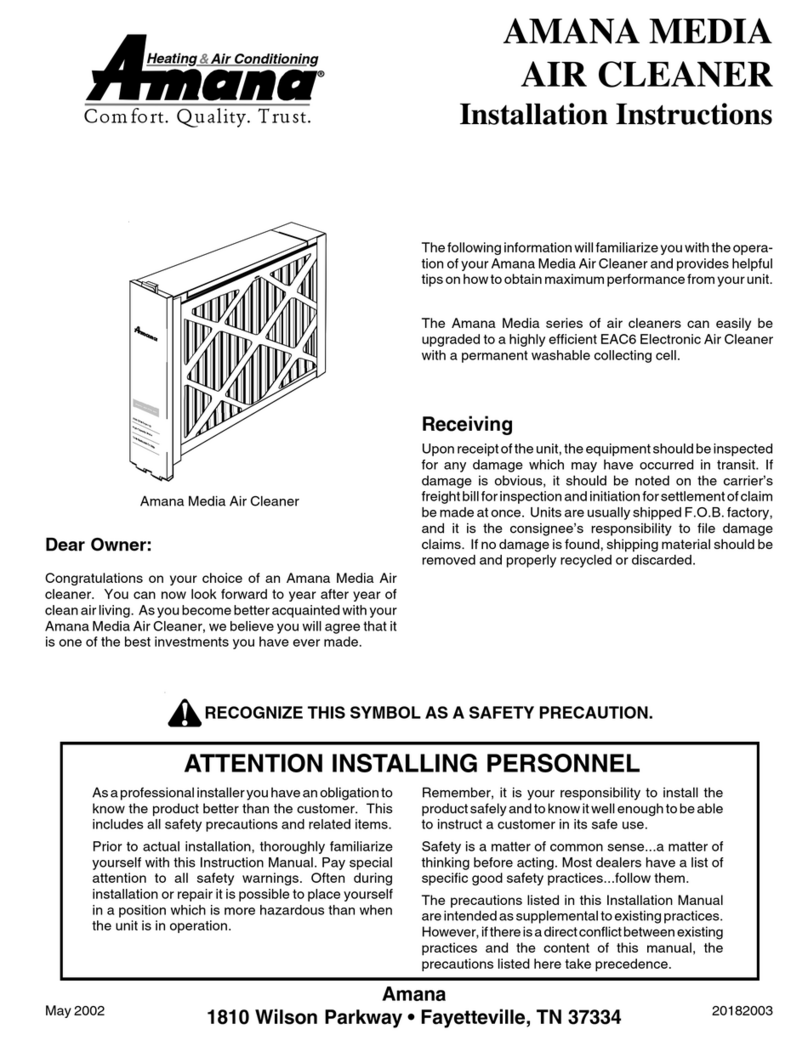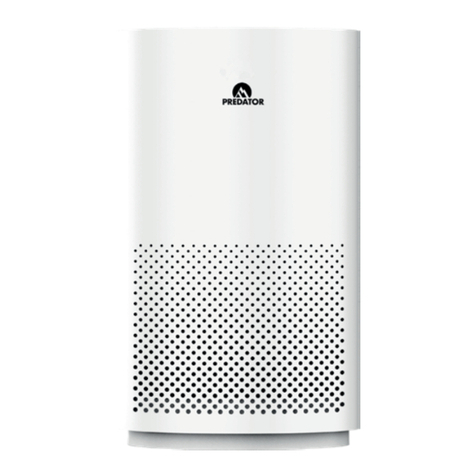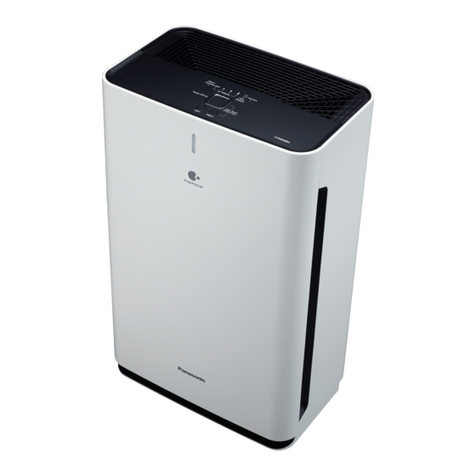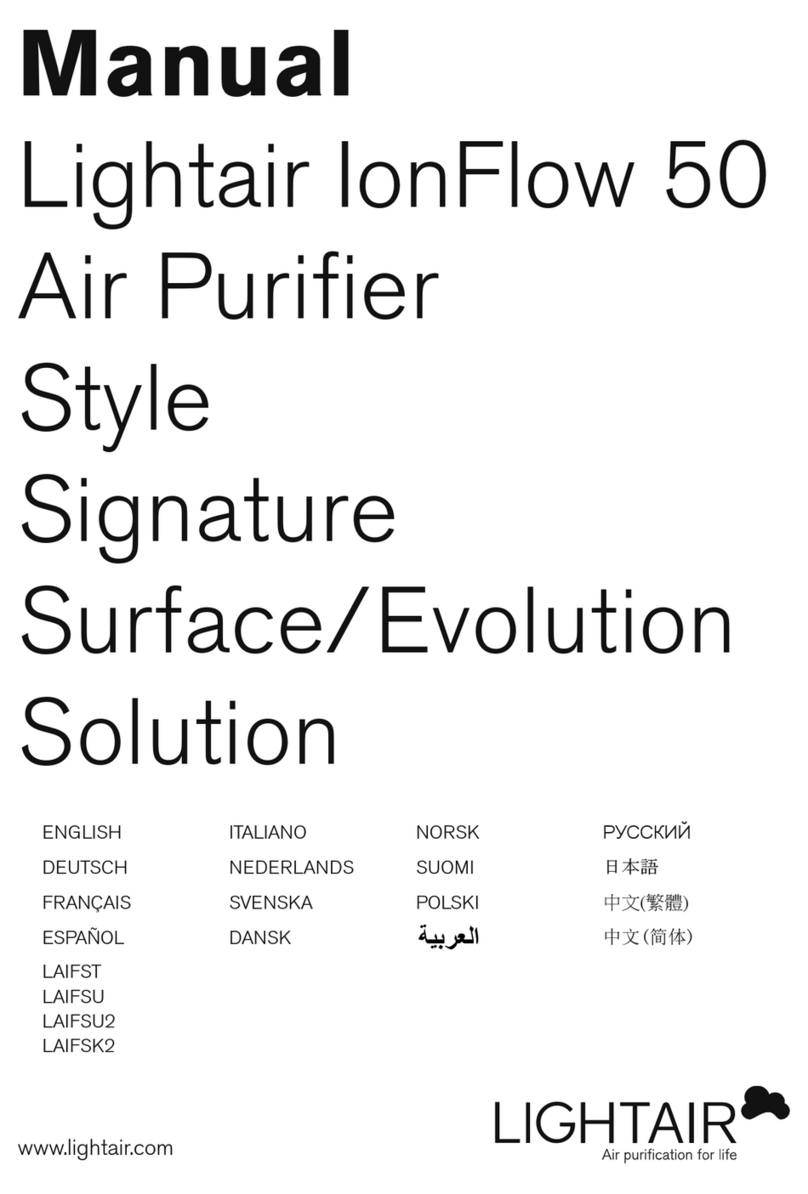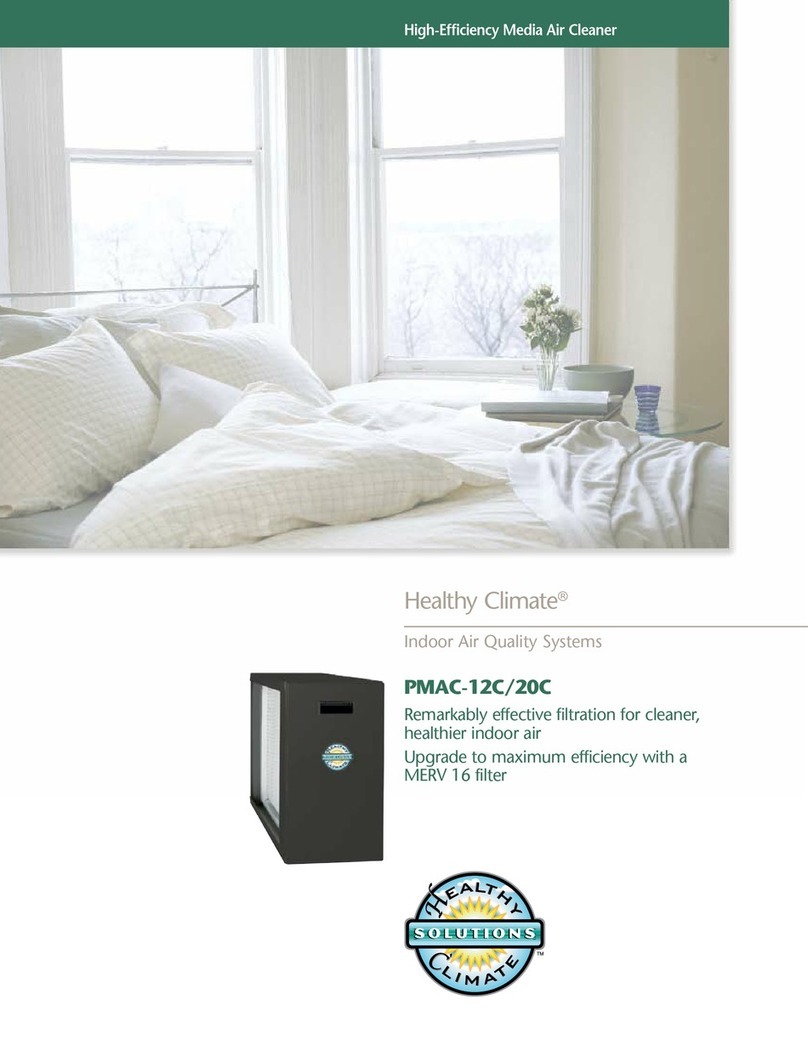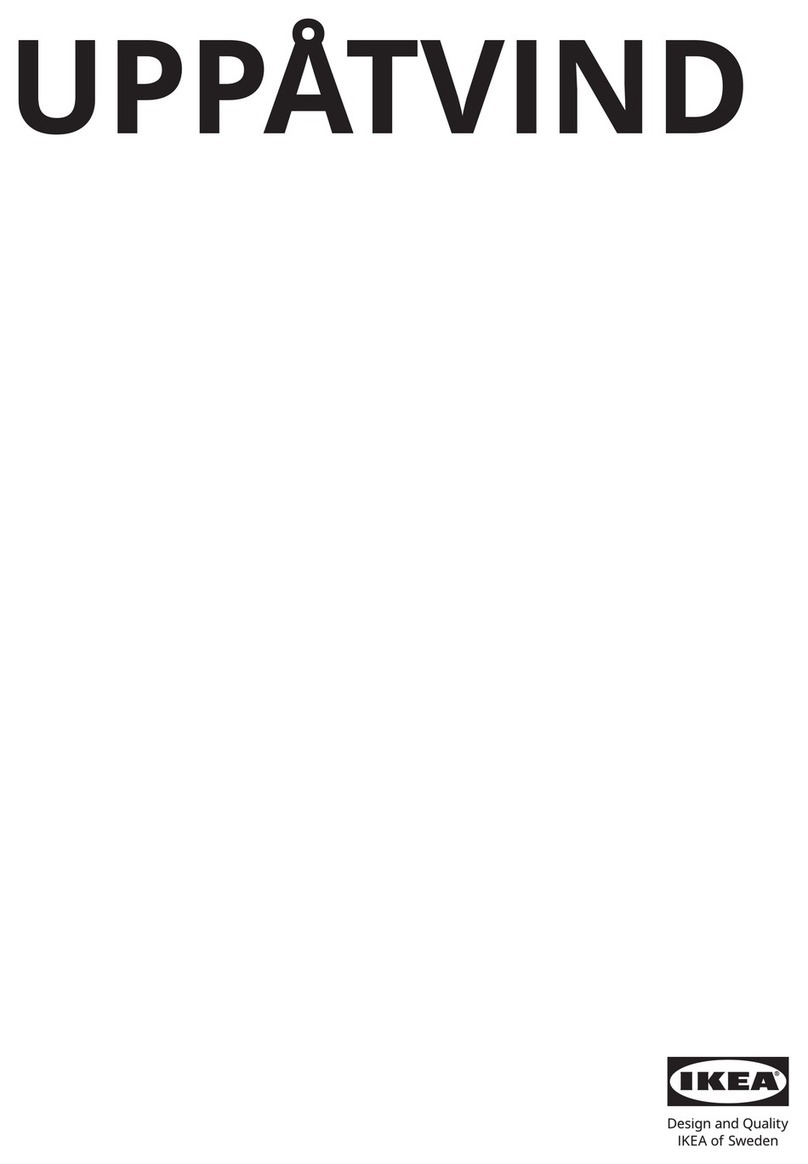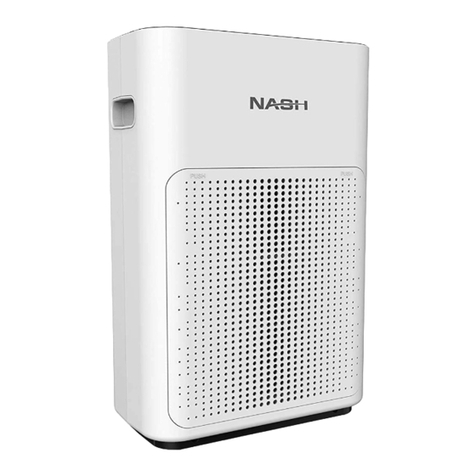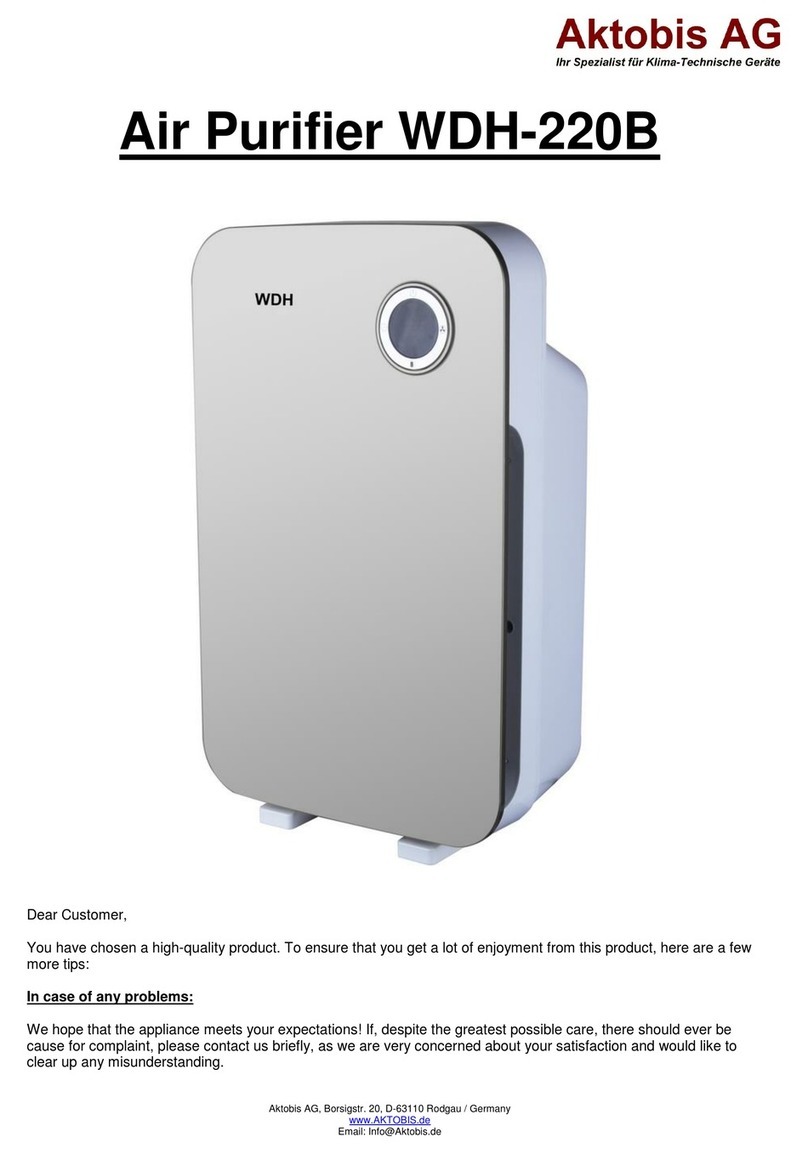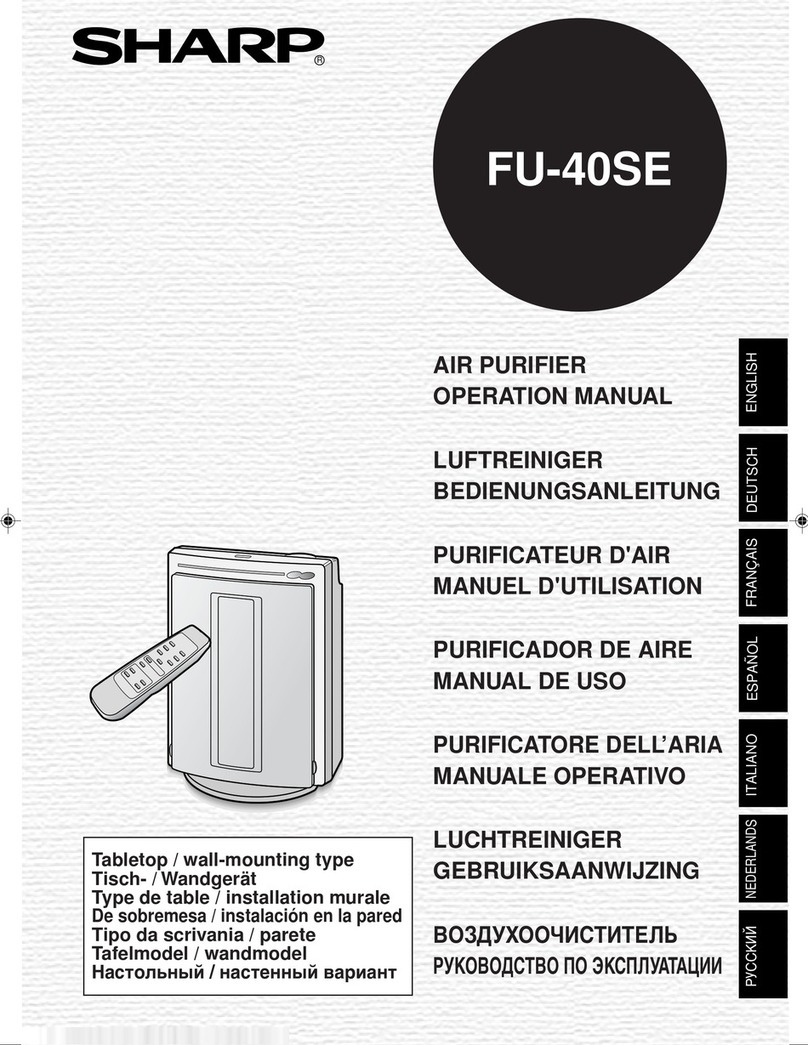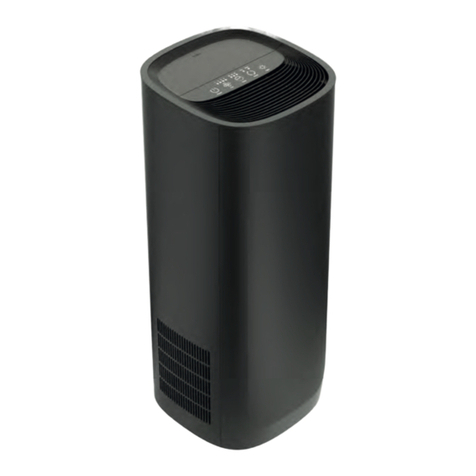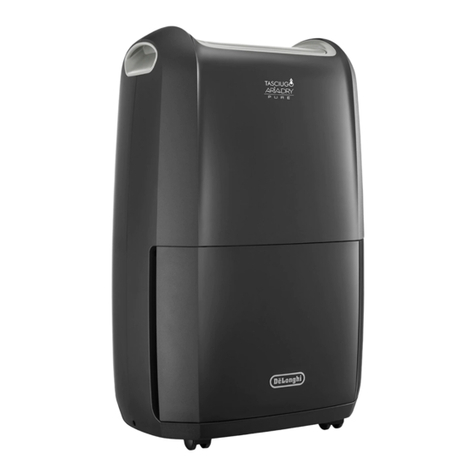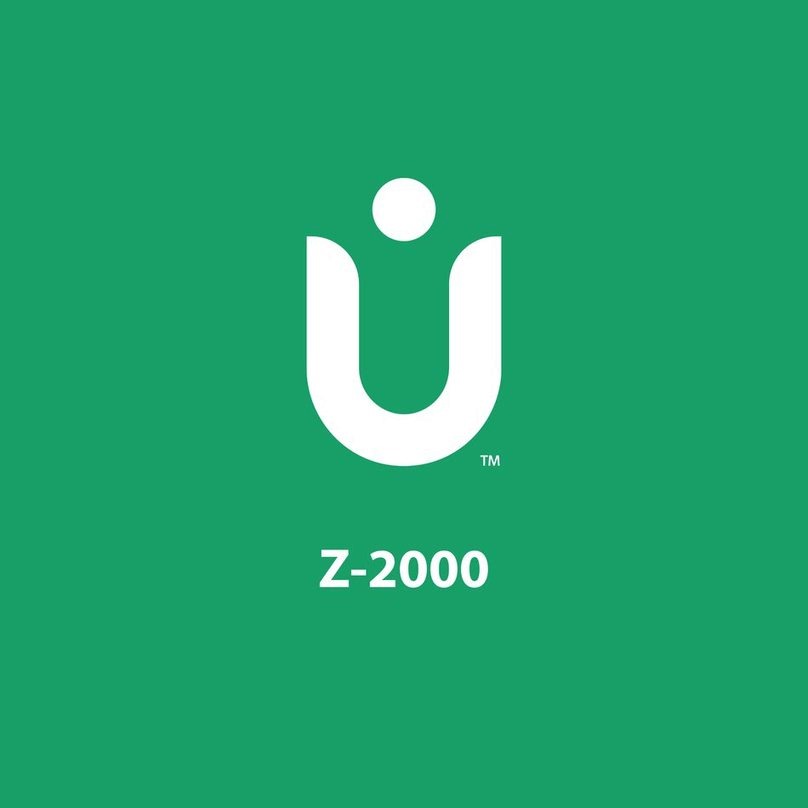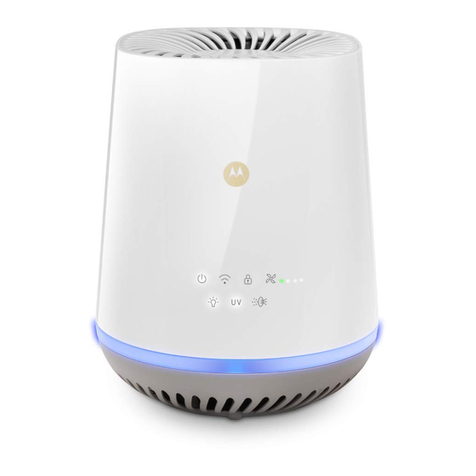
5. Operating temperature
The temperature of the transferred gas
must not exceed 80 °C (175 °F). The ma-
chine must not be used in an environment
where the temperature exceeds 40 °C
(100 °F) or drops below –20 °C (-4 °F).
6. Electrical connection
• Ensure that the voltage supply and the
current correspond to the information
stated in the CE-plating and the
information in these instructions.
• LIFA HC 2500/4000 must be connected
to a single-phase current (1~) 200-277
VAC (or 100-120 VAC), 50/60 Hz, 10 A.
Only authorised electrician may do the
repairs or installations of the electrical
components. In addition, electrician has to
be authorised by the manufacturer; other-
wise the warranty expires.
7. Noise level
The noise level of LIFA HC 2500/4000
is relatively low (<70 dB) and it does not
depend on the operating environment.
8. Transportation
During transportation and temporary
storage the machine must be well locked
into it’s position and protected from
moisture and weather. Check all parts
before installation and use. Ensure that
none of them have been damaged during
transport and the fan wheel rotates freely.
Please be careful when lifting the vacuum-
ing unit into van, always use both handles
on both sides of the unit by 2 men. When
lifting into higher elevations with e.g. crane
NEVER use the handles only for securing.
These safety directions must be carefully observed in order to avoid health
problems or direct injury for people and damage to the environment or the
equipment itself.
Following these instructions will ensure the safe and uninterrupted use of the
machine and accessory equipment.
Safety Precautions
Always ensure that the power supply
socket is reliably earthed/grounded!
1. Avoid contamination of the
environment
The machine should be kept as clean as
possible and never transported from any
site as dirty unless totally contained until
licensed service facility is reached. Never
use dirty lter again in different building,
or different AHU servicing different duct
system within the building. The used
lters must be appropriately disposed.
2. General safety
The power must be turned off when
the machine is not being used and/or
supervised. Make sure that there is enough
lighting in area where the unit and it’s ac-
cessories is placed so that also by-passers
can see and avoid all the equipment. The
vacuuming unit must never be used with an
unprotected suction inlet or exhaust outlet.
Any objects that get caught in the fan could
be thrown out at high speed and cause in-
jury or damage. It is forbidden to make any
modications to LIFA HC 2500/4000.
3. Operating safety
The person / persons performing the work
should always use personal protective
equipment which are t for purpose (e.g.
ltered mouth mask, helmet, earmuffs,
goggles, overall, safety boots) in each
project.
Never put your hand inside the vacuum
unit when power is on. The axial fan has
extremely powerful suction. Items (cloth-
ing, hair etc.) could easily be sucked into
the intake cone and cause injury. It is
prohibited to remove protective grating
from the suction inlet.
Always use HEPA – or activated carbon
lter for gases when needed – inside
the main body of the unit when exhaust
“waste” air must be blown into build-
ing interior. Ensure that the exhaust air
is directed to a safe place in all cases
where there are no people or materials
that could be damaged.
4. Workplace conditions
It is prohibited to use the vacuuming unit
for handling of gases which are classied
as corrosive, acidic or explosive and/or
contain high moisture %. The machine
must not be used in any area/space
where there is a risk of explosion.
The worksite must have appropriate
warning signs and/or barriers in order to
prevent entry from unprotected people.
Worksite must be well lit and passage to
the machine free from obstacles so that
the main switch and other controls can
easily be seen and reached.
Make sure that there is enough negative
pressurization (=suction) within the con-
tainment area so that spreading of harm-
ful substances into clean areas nearby is
prevented; yet also make sure that there
is enough replacement fresh air coming
into the work space in which the machine
is used and/or people are working.
• Vacuum unit must not be used without a lter.
• The equipment must not be positioned nor used in the areas where
there is a risk of explosion, corrosive/acidic substances or other
hazardous working methods are used close to the machine.
• The equipment must not get wet and it must be protected from
rain, vibration and wind.
• Foreign objects must not be inserted or tted into the equipment.
• The machine must not be covered during the operation.
• The operator must ensure that both the negative air machine
and accessory equipment are suitable and designed for each
task/project beforehand and during work at hand, and that local
the statutory requirements are fullled.
54
LIFA HepaClean 2500/4000
